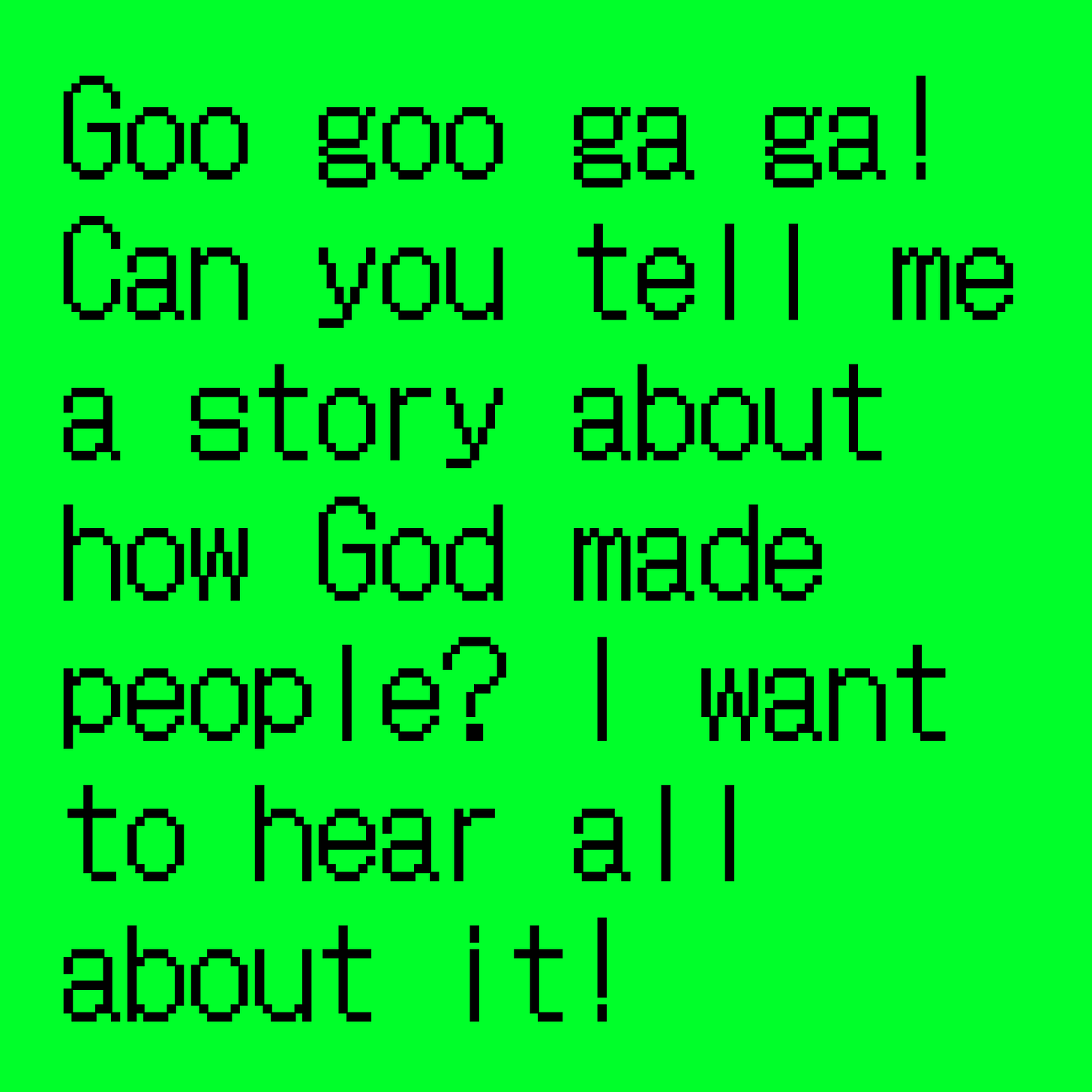The Quest for Creativity: Are We Mere Probability Puppets in the LLM Era?
Ah, the LLM era! A time when large language models (LLMs) strut their stuff with pride, making us wonder whether we humans are just a jumble of probabilistic particles, meandering through life. But before we plunge into the depths of existential angst, let's waltz down memory lane and revisit the evolution of automated story generation, shall we?
Automated story generation, a marvelous pursuit to create fictional tales from minimal inputs, has come a long way since its humble beginnings. Its applications span human-AI coordination, education, computer games, and even aid in testing machine understanding and theory of mind.
The pursuit of AI-crafted stories began with symbolic systems, featuring story grammars, planners, and case-based reasoning (how quaint!). But these stiff systems were about as flexible as a moonwalking robot. Then, like a bolt from the blue, neural networks burst onto the scene, transforming our AI-generated tales from Mad Libs-like travesties into something resembling actual literature.
Zoom to the present, the age of LLMs, where controllable neural generation and neuro-symbolic systems grapple to achieve the perfect blend of coherence, planning, and adaptability. Are we fated to be mere pawns in life's grand game of chance?
In the face of such uncertainty, let us adopt a sociological approach, viewing ourselves as a method, as proposed by renowned sociologist Xiang Biao. This perspective encourages us to balance anticipation and readiness for potential displacement by AI.
Gödel's Incompleteness Theorem whispers that even the most powerful formal systems contain undecidable propositions. Perhaps we're not as predictable as we think. Our capacity to create may hold the key to unraveling the universe's enigmas. And we've had a word for it all along: Creativity.
So, in this LLM-centric epoch, let's embrace both the possibilities and unknowns with a sociological mindset. By understanding ourselves as a method, we can navigate the ever-changing landscape of AI and human creativity, forging a path that acknowledges our unique strengths while remaining adaptable to a future where AI-generated stories may coexist with, or even surpass, our own creative endeavors.




